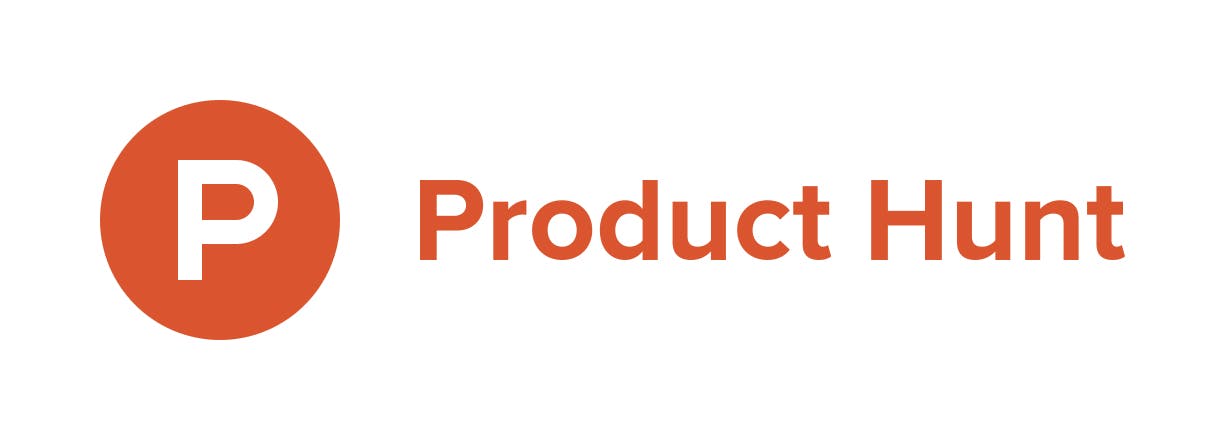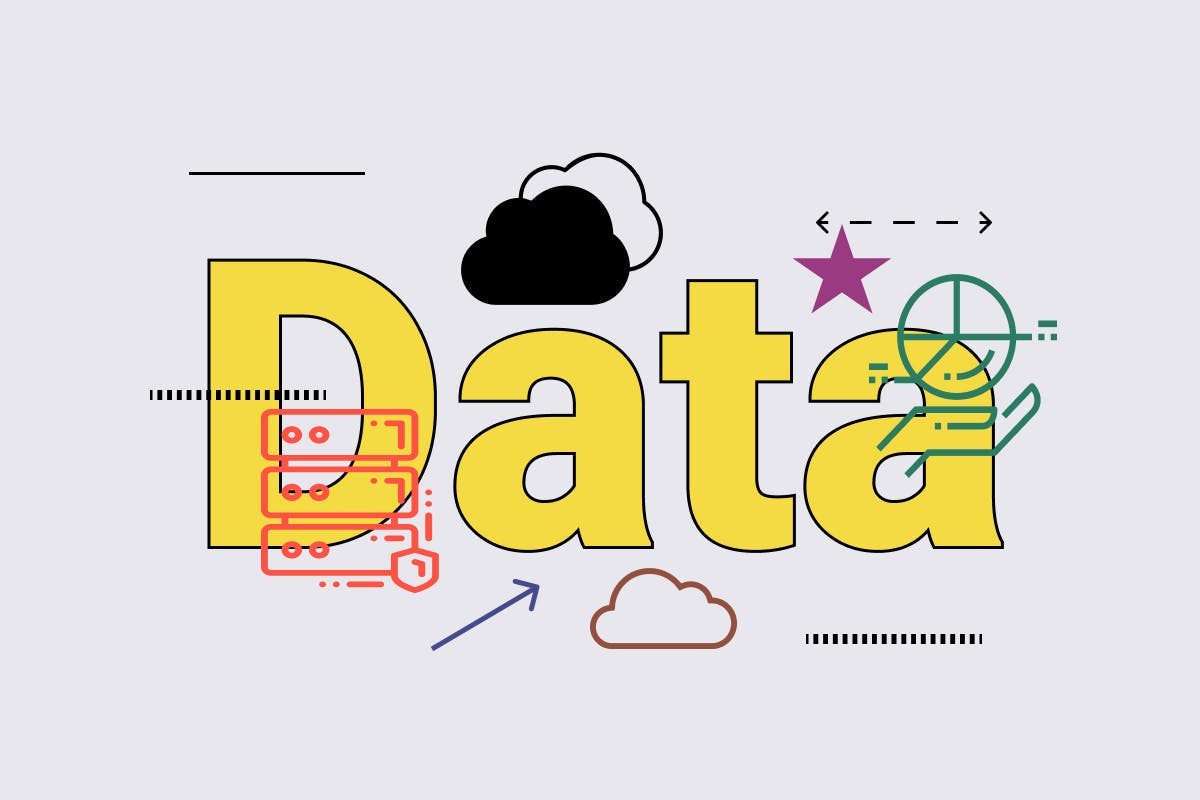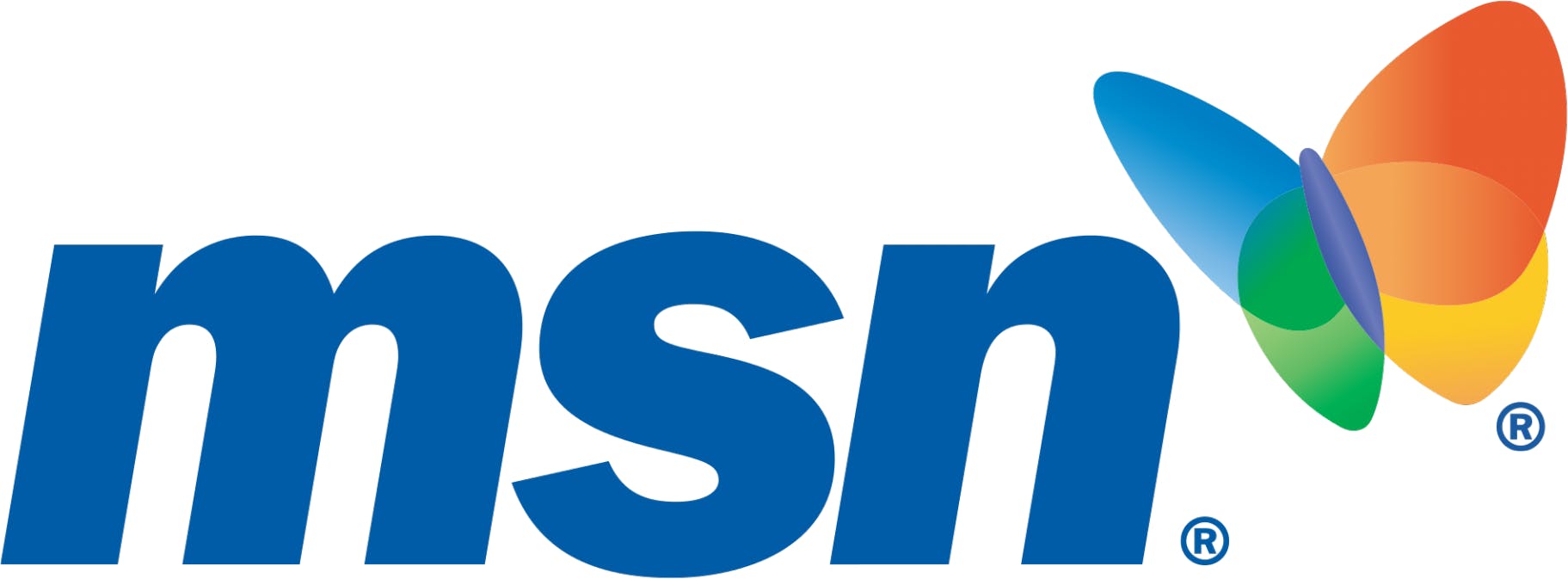Blog.
Learn best practices, tips, and how to run retrospectives from the folks at RetroTeam, an online retrospective tool.
Sprint retrospectives are essential components of the Agile methodology. They offer teams the opportunity to reflect on past sprints and identify areas for improvement. These meetings typically occur at the end of each sprint cycle.

More Stories
Streamlining Your Sprint Retrospective Process in Jira Using RetroTeam
Sprint retrospectives are essential components of the Agile methodology. They offer teams the opportunity to reflect on past sprints and identify areas for improvement. These meetings typically occur at the end of each sprint cycle.

What a Mad, Sad Glad Retro is
RetroTeam is a platform for getting teams to talk about what made them mad, sad, or glad after a sprint. It has an action-oriented approach and channels the teamwork adequately towards a major change or shift in the organization.

Why doing Team Health Checks?
Great success and achievements do not come overnight, and are rarely the result of a person alone, but rather by a group of individuals what we commonly call a “team”.

Agile Retrospective: An Essential Guide for 2023
Imagine a world where Agile teams continuously learn from their past experiences, adapt their processes, and unlock their full potential. Agile retrospective sessions are the secret weapon that can make this vision a reality. In this comprehensive guide, we’ll dive deep into the world of Agile retrospectives, their key principles, and how to effectively run them. Buckle up, and let’s embark on this journey to continuous improvement!

Streamlining Your Agile Retrospective Meetings: How RetroTeam Can Help
Agile retrospectives serve as a crucial component of the Scrum framework, providing teams an opportunity to reflect and improve. They enable team members to:

Maximizing Team Performance: Insights from RetroTeam’s Sprint 1 Retrospective
RetroTeam’s Sprint 1 Retrospective offers a critical evaluation of the team's processes, performance, and collaboration during the first sprint.

Agile Retrospective Fundamentals
Lots of people think they work in Agile, but do they really? Here are some of the fundamental parts of a true agile retrospective. What do you think? What works best for your team?

How to Set Up a Start, Stop Continue
Start, stop, continue is an action-oriented approach that helps you take the steps for any retrospective. Use this simple template to create your own action plan to ensure you're taking action for the right things after every meeting.

How to Run and Effective 4L Retro
The Lean Coffee Technique is a structured, but agenda-less meeting format for teams to collaborate and make decisions as a group. Using an intuitive, time-boxed

Onboarding New Members to Your Retros
Joining a new team is never easy. Learning the ins and out of a new company or different team can be a challenge. It's especially tricky in the closed group of a retro team. Here are a few of our strategies to do it right to get your new members talking and contibuting from the start.

RetroTeam featured in Product Hunt
RetroTeam has been featured on Product Hunt’s Top Products list for 2021. The community voted for their favorite up-and-coming products and we’re excited to be at the top of the list. Our clean design and simple interface really found its niche among productivity-minded users begging for an app that’s quick to learn and easy to use.

How RetroTeam Revolutionizes Sprint Retrospective Agendas
A well-structured sprint retrospective is crucial for continuous improvement and team cohesion. Key components include:

Eight Retrospective Formats for Highly Productive Teams - Unlocking Team Potential
Are you tired of the same old retrospective meetings that yield minimal results? Fear not, because we have the perfect solution for you! In this blog post, we’ll introduce you to eight retrospective formats for highly productive teams that can unlock your team’s potential and elevate productivity like never before. Read on to discover the power of choosing the right retrospective format and how these formats can significantly impact your team’s performance.

Are You're Running Data-Driven Retrospectives
If you’re not collecting sound data in your retros, you need to start. It will not only make your retrospectives more productive but will also give you the foundations to make better decisions. Here are some ways to start holding data-driven retros.

How RetroTeam Enhances Your Scrum Training Experience
Agile methodologies prioritize flexibility, collaboration, and customer-centric approaches. Teams work in iterative cycles called sprints, producing incremental product improvements. Core principles include:

How to Get Honest Feedback From Your Team
Joining a new team is never easy. Learning the ins and out of a new company or different team can be a challenge.

Maximizing Scrum Efficiency Using RetroTeam Tools
Agile methodologies prioritize flexibility, collaboration, and customer-centric approaches. Teams work in iterative cycles called sprints, producing incremental product improvements. Core principles include:

RetroTeam as Seen on MSN.com : How RetroTeam is Revolutionizing Team Feedback with Reimagined Retrospectives
RetroTeam was featured on MSN.com with an article around the fast-paced world of Agile and Scrum, retrospectives being the heartbeat of team advancement and improvement.

Leveraging RetroTeam for Effective Scrum Guide Implementation
RetroTeam is an advanced tool designed to enhance Scrum processes by streamlining team retrospectives. It enables teams to reflect on past iterations and identify areas for improvement effectively. Agile, characterized by iterative development and collaborative practices, benefits significantly from structured retrospectives.

How RetroTeam Streamlines Agile Retrospective Stages for Optimal Results
Agile retrospectives are a critical part of the Agile methodology, offering a structured approach for teams to reflect on their performance. These meetings help identify areas of improvement and promote continuous learning. The objective is to refine processes, enhance collaboration, and improve overall productivity. Core elements include:



















